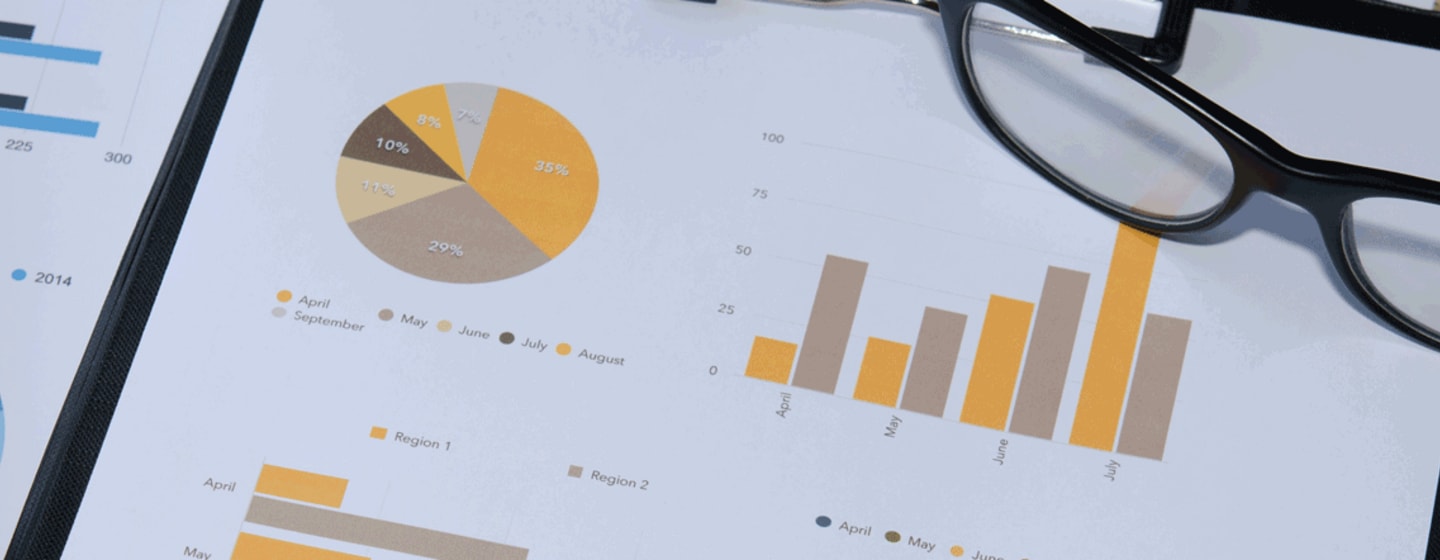US dollar continues to dominate, while the UK holds its position as a leading financial centre.
New research produced by Swift, with the support of the City of London Corporation and Paris EUROPLACE, sheds light on the patterns of trade and currency payments between the Europe, Americas and Asia-Pacific regions between 2012 and 2014. The research also examines the key drivers behind currency selection and regions of growth.
The ‘Worldwide Currency Usage and Trends' paper analyses a range of previously unpublished messaging flows, drawing on this data to analyse how currency usage in global payments has changed in a two year period.
Key findings show that:
- There has been an overall growth in the value of global trade payments, with the biggest flow of payments found between Europe and the Americas - up by 32% from Q4 2012 to Q4 2014.
- The US dollar remains internationally dominant accounting for 51.9% of currency usage overall by value, up from 47.6% in 2012, and with a reach of 79.5% for inter-regional flows (excluding intra-regional and domestic flows).
- The euro ranks second by value globally, at 30.5% (down from 33% in 2012) and the British pound is ranked third with 5.4% (down from 5.9% in 2012).
The paper also highlights the increased use of the Chinese yuan for global payments as China continues to influence the global economy and the renminbi continues to expand. Flows of the yuan between Asia-Pacific and both the UK and wider Europe have shown strong growth between Q4 2012 - Q4 2014. For example, looking specifically at yuan payments from the UK to Asia-Pacific, the proportion of payments are up from 0.7% to 4.5% by value during a two year period, and up from 0.4% to 3.6% in the reverse direction, making it the sixth most active global currency for these regional flows.
The report also shows that UK banks continue to be the major trading partner in more than half of all European payment flows overall. This is reflected in the intermediary role the UK plays for some currencies. For example, the UK acts as an intermediary for over two thirds (68%) of the euro payments by volume that the UK receives from the Americas. The UK also plays a significant intermediary role for Chinese yuan payments (51.3% of volume) reaching the UK from the Americas.
The Swift data paints a clearer picture of how the use of currencies for global payments has changed over recent years.
Policy Chairman at the City of London Corporation, Mark Boleat, said: "The Swift data paints a clearer picture of how the use of currencies for global payments has changed over recent years. While the US dollar is the dominant currency choice for payments, there are two interesting points in particular worth noting.
Firstly, the Chinese yuan has shown notable growth for payments, particularly between the UK and Asia-Pacific region and this trend will continue to grow as the UK consolidates its position as a global leader in the offshore RMB market. Secondly, the UK plays a strong role for intermediary payments and as a global trade partner with Europe - highlighting our position as the gateway for trade with the continent."
Astrid Thorsen, Head of Business Intelligence Solutions at Swift, said: "Swift data is unique in that it provides fact based insights on market trends. Over the past several years, we've only publicly analysed the RMB's progresses to become an international currency. Now, with the support of the City of London Corporation and Paris EUROPLACE, we are able to provide a more holistic and in-depth perspective about currency usage and recent trends across key payment corridors."
"At Swift, we strive to support the industry's evolving requirements for timely and transparent market information and hope this report serves as useful resource for market participants to gain further business insights into currency usage and trends, added Thorsen."
Download a full copy of the report.
Disclaimer
This report is provided for information only. If the customer or any third party decides to take any course of action or omission based on this report and/or any conclusion contained therein, they shall do so at their own risk and Swift shall not be liable for any loss or damage, arising from their acts or omissions based on this report and/or any recommendations contained therein.


